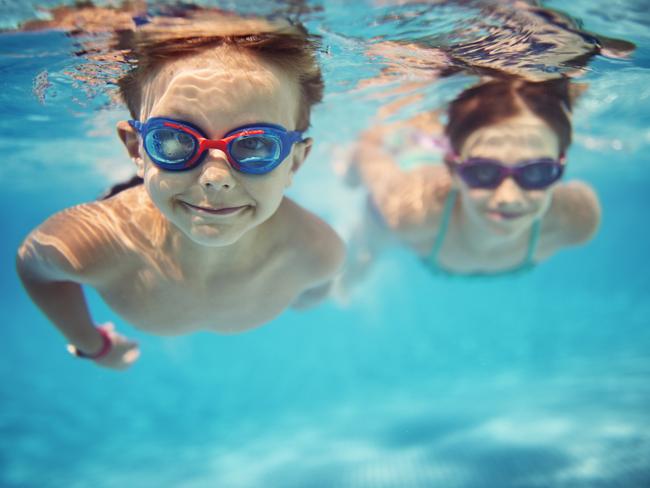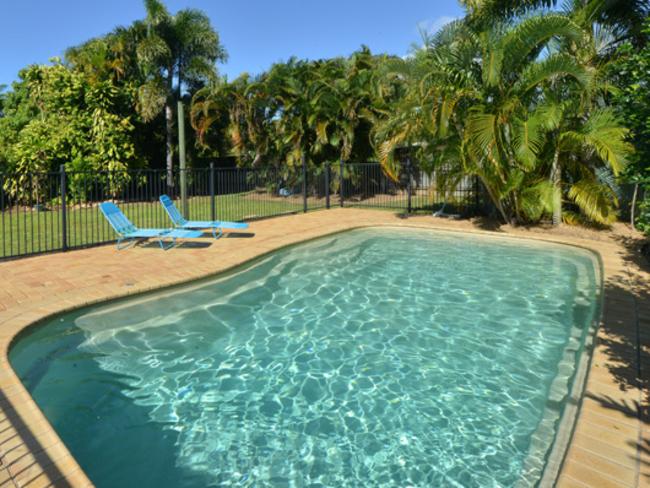Distracted parents on smart phones a major cause of child drownings
SMART phone distractions aren’t just dangerous for drivers — the demanding devices are also costing lives in the pool. And parents are to blame.
NSW
Don't miss out on the headlines from NSW. Followed categories will be added to My News.
SMART phone distractions aren’t just dangerous for drivers — the demanding devices are also costing lives in the pool.
And parents are to blame.
Mums and dads on devices, replying to emails, or just generally being sidetracked by their friends have been revealed in a new Royal Life Saving Australia report as the major cause of child drowning deaths in non-backyard pools.
The lifesavers have had enough and the RLSA is pleading with parents to never take their eyes off their kids while they’re playing in a pool.
In the report, A 10-Year Analysis Of Drowning In Aquatic Facilities, which covers 2005-15, the researchers note that a fifth of the 36 people who drowned in public and commercial swimming pools were children aged five to nine.

Alarmingly, in 75 per cent of drowning cases involving children aged 0-14 in hotel, apartment and holiday pools, a lack of parental supervision played a key role.
For drownings in public and school pools and aquatic centres, the proportion was 80 per cent.
RLSA senior research officer Alison Mahony said the issue had not been investigated as extensively as backyard toddler drownings had been examined and parents needed to stay focused when their children were swimming.
MORE: Toddlers drownings rise, councils refused to do inspections
MORE: Confronting ads rolled out in hopes of ending drowning toll
“We’re asking parents to be watching their children instead of checking their emails or text messages,” she said.
“We often see simple distractions like adults in conversation with other adults or it may be that they’ve brought other kids and they’re looking after them instead of watching the child in the pool. Lifeguards aren’t babysitters.”

Ms Mahony said parents needed to enrol their children in water safety lessons.
The report found that 78 people had fatally drowned in non-backyard pools over the decade to 2015.
Half of 362 non-fatal drownings involved children aged four and under, while a further quarter were aged five to nine. There are about 285 drowning deaths annually in Australian waterways and swimming pools are the fourth leading location for fatal drowning.



